
Hyundai Kona Electric
As is typical of Hyundai car interiors, the quality is top notch and consistent, and all the controls are as easy to use as they are in the Tucson. And that’s where the Kona EV’s charm lies. Most people interested in the Kona may not have driven or even been in an electric car before but once you’re in, nothing seems unfamiliar.
The overall visibility is great, and everything from the drive mode button (Eco, Eco+, Sport & Comfort) to the button-type drive selector (park, neutral, reverse & drive) fall to your hand with ease. What’s different vs say, the Tucson or Creta is that the centre console of the Kona EV sits high up and is finished in dull silver. Combine this with the low-slung seating and you get a driving position that’s akin to a hatchback’s or sedan’s. It’s not a tall driving position like in the Venue or Creta, where your line of sight is above the bonnet.
While the Kona EV’s low height doesn’t present any issues for headroom, drivers over 6ft tall will have to set the driver’s seat height at a lower point. However, you are aware that this isn’t a very big car.
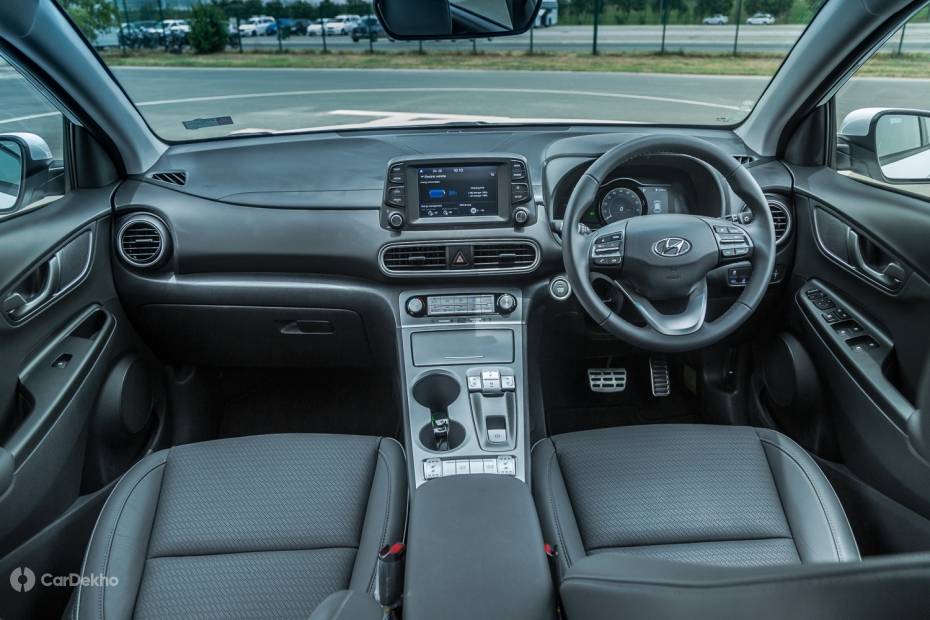
The cabin space, particularly at the rear, is on par with some sub-10 lakh Rupee premium hatchbacks. The knee room and headroom at the rear, while usable for 6-footers, isn’t what you’d get from petrol-/diesel-powered SUVs at the same price point. A bigger problem in the rear, though, is how close the seat base is to the floor. So even users under 6ft in height will not be able to use the underthigh support, since the seating position pushes your knees up.
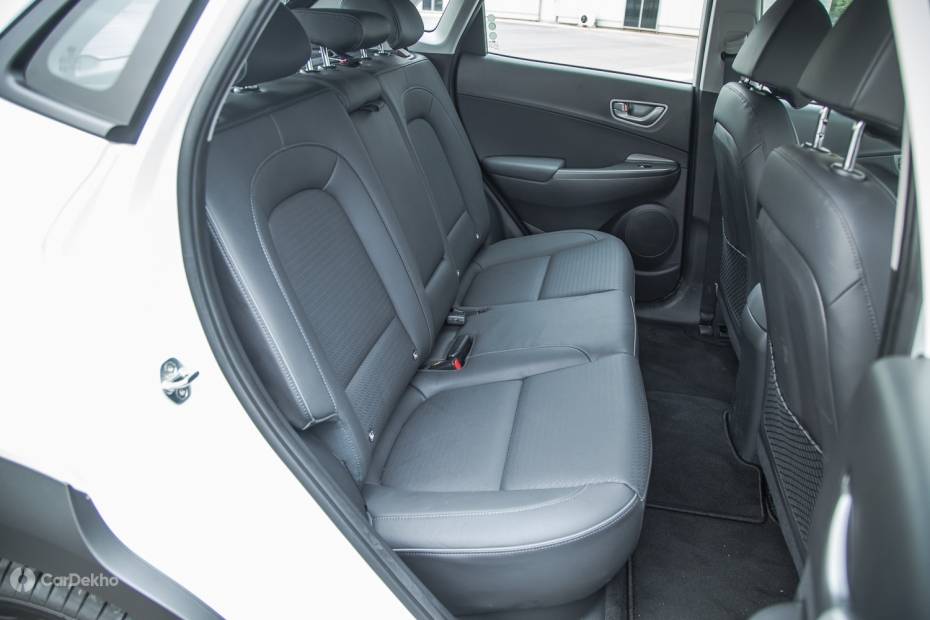
We have to face some facts: The Kona EV would’ve undoubtedly been cheaper had it been made in India. At the moment, it is being assembled here with imported parts, which is why it’s priced on par with larger cars. In fact, it is cheaper in India than it is in Hyundai’s home market, South Korea, and even Hyundai India admits this isn’t a model they’re expecting any profits from. Why are we mentioning this? It’s simply to provide perspective that this isn’t meant to rival the big SUVs it does and its pricing is simply a function of how it’s being produced for sale in India.
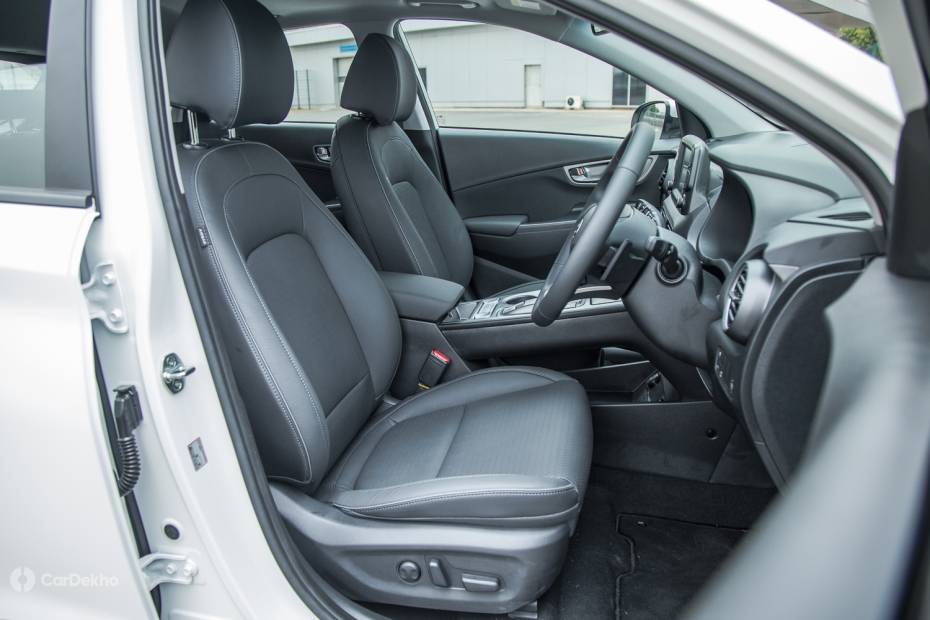
Expectedly, even the boot space isn’t on par with its price rivals. While the Tucson gives you 530 litres, the Compass gives you 438 litres & even the Creta gives you 402 litres of trunk space, you only get about 334 litres with the Kona EV. That’s less than the new WagonR’s but still enough for two large suitcases.
Where the Kona’s cabin redeems itself, though, is with the tech on offer. Which brings us to.
Technology
You can buy the Kona EV only in one fully loaded variant. As such, it gets goodies like auto AC with a driver AC-only mode (to reduce AC load and consume less charge when there are no passengers with the driver), a smart key with push-button start, cruise control and an electric sunroof.
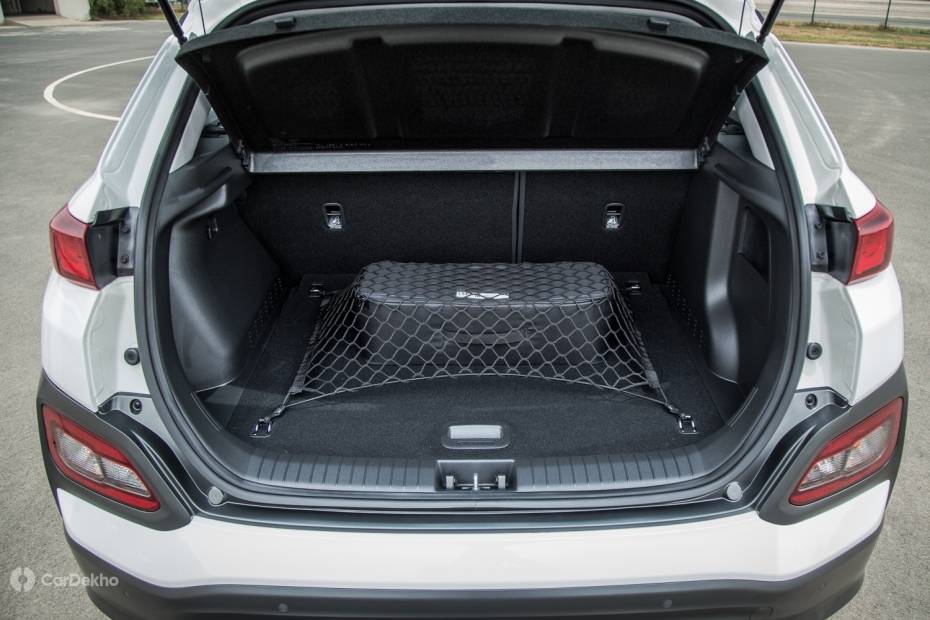
The seats and steering get leatherette upholstery, along with seat cooling and heating. It also has a wireless phone charger, steering-mounted audio & phone controls, an 8-inch touchscreen infotainment system with Android Auto & Apple CarPlay, along with a 6-speaker music system. Other goodies include tilt and reach adjustment for the steering, heated wing mirrors, an auto-dimming IRVM, LED cabin lights, front and rear armrests, and adjustable headrests for all occupants, including the rear middle passenger.
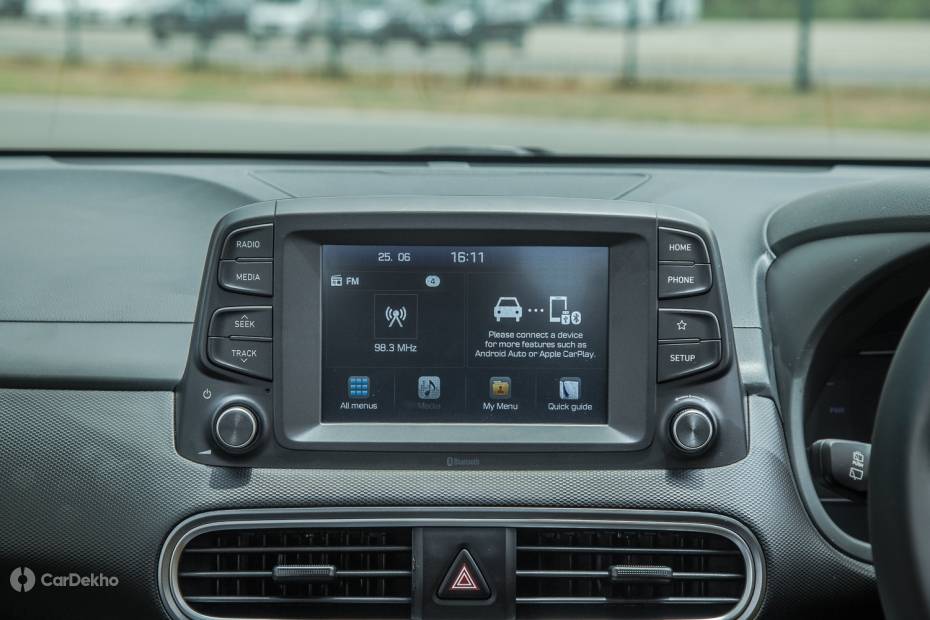
There are some misses like rear AC vents or Hyundai’s BlueLink connected car technology but we wouldn’t call these deal breakers. So while the cabin space and practicality may not be on par with similarly expensive rivals, the feature packaging doesn’t leave much to be desired.
Link nội dung: https://blog24hvn.com/kona-2022-a42326.html